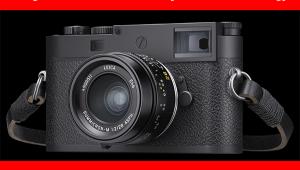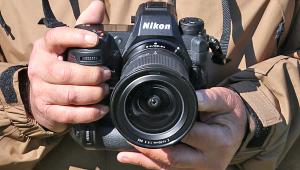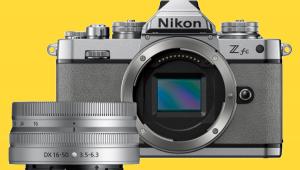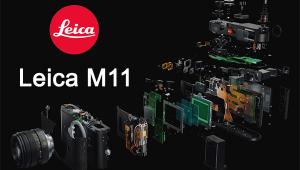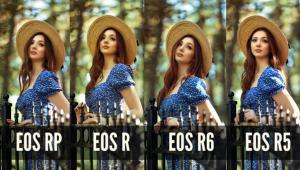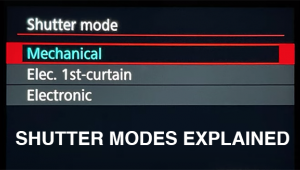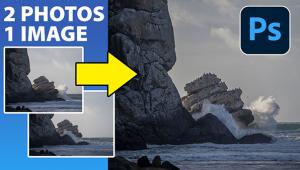Sony NEX-C3 Mirrorless Camera Review
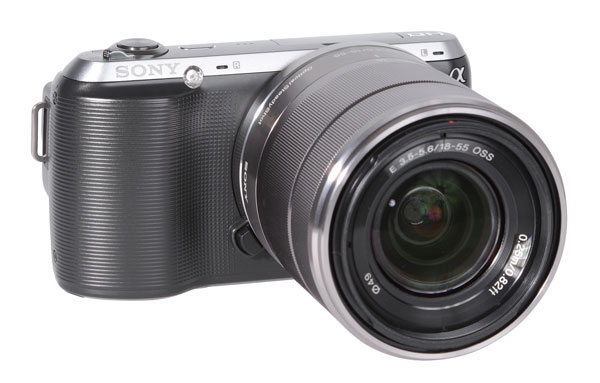
The Sony NEX-C3 is an ultra compact CSC (compact system cameras) system with an APS-C sized sensor. The camera offers a resolution of 16 MP (megapixels), which is similar to some Sony SLT cameras like the SLT-A35. The main difference in the concept of the NEX cameras is the very compact body and the fact that the camera doesn’t work with an optical or electronic viewfinder, but only with the LCD screen on the back as viewfinder and control monitor.

The camera offers a swivel monitor that can be flipped more than 90 degrees upwards and 45 degrees downwards, which allows for very comfortable control of the camera functions and handy evaluation of the image. The high resolution of this monitor makes it possible, with the LCD containing 921.000 RGB dots, resulting in a very crisp and brilliant image.

The camera offers standard image modes like P, S, A and M and a lot of scene modes for beginners. To change image parameters it offers a dial and some function buttons on the back. This isn’t as comfortable as a standard handling with setup dials, dedicated function elements and more (like an SLR system). The user has to change all parameters by navigating through the menu and different setups. Sometimes this can be irritating: some parameters are linked to the “Camera” setup, some other to the “Brightness/Color” menu (ISO speed setting for example) and in all often needs a lot of clicks to get access to the selected feature.
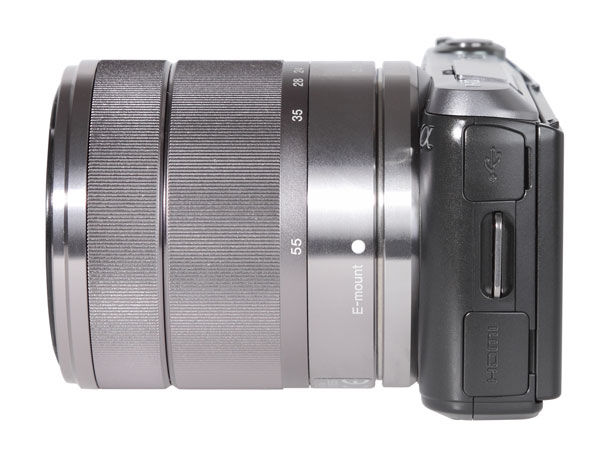
The camera is able to record HD video but offers only “standard HD” resolution with 1280 x 720 pixels and MP4 recording, which is a little different than the AVCHD format. Nevertheless, most editing or DVD/Blu-ray software is able to open MP4 formats for editing or archiving movies. Like nearly all modern Sony cameras, it doesn’t offer an analog TV interface anymore, but an USB port for data transfer and an HDMI interface, both located on the left side of the camera.

The camera can use Sony’s own storage system MemoryStick Pro Duo and also works with standard SD-, SDHC and SDXC cards.
The Sony NEX-C3 is able to record HD panoramas and 3D panoramas by simply panning the camera in panorama mode. It will record an image series and combine these images to create a very large panorama picture.
Comments on Image Quality
The color reproduction of the NEX-C3 is very good. Just like all Sony cameras, the NEX-C3 tends to a very saturated image, but the mean/average saturation of 103.9 percent is on an acceptable level for entry level or midrange SLR systems. Red colors are boosted by a high yellow and orange rate, all other colors show only minor aberrations. The white balance systems shows a tendency into the more greenish area, but you will notice in our portrait shot that this is only a minor effect. Skin tones are reproduced nearly perfectly with a light tendency towards more magenta in red color areas.


The camera showed a disappointing performance in our resolution tests. The NEX-C3 sensor has a nominal resolution of 3264 lines per picture height but the resolution chart was reproduced with only 2559 lines per picture height. The kit lens seems partially responsible for this result; it causes some chromatic aberrations and therefore softens contrast lines. The sharpness decreased especially in the corners of the images. You will notice that in the upper left and upper right corner of our standard test box shot that the metal sieve (left) and the ruler/set square (right) show this effect very clearly.

The noise results are comparable to the results we got with the Sony SLT-A35. The camera showed low level luminance noise. The luminance noise stays under 1.0 up to ISO 3200 setting. There is some minor color noise noticeable in images taken with ISO 3200 or higher, but it remains on a very low level.
Pro:
+ Very compact camera system. (Body almost looks “too small” for the lens systems)
+ Easy handling for beginners, but not as flexible or handy as a real SLR system with a lot of function elements
+ Panorama mode, 3D panorama and HD video (1280 x 720 pixels, MPEG4 recording)
Con:
- Missing integrated image stabilizer; camera needs lenses with optical image stabilizer
- Missing flash system (optional flash with special interface available, no standard or ADI flash shoe)






